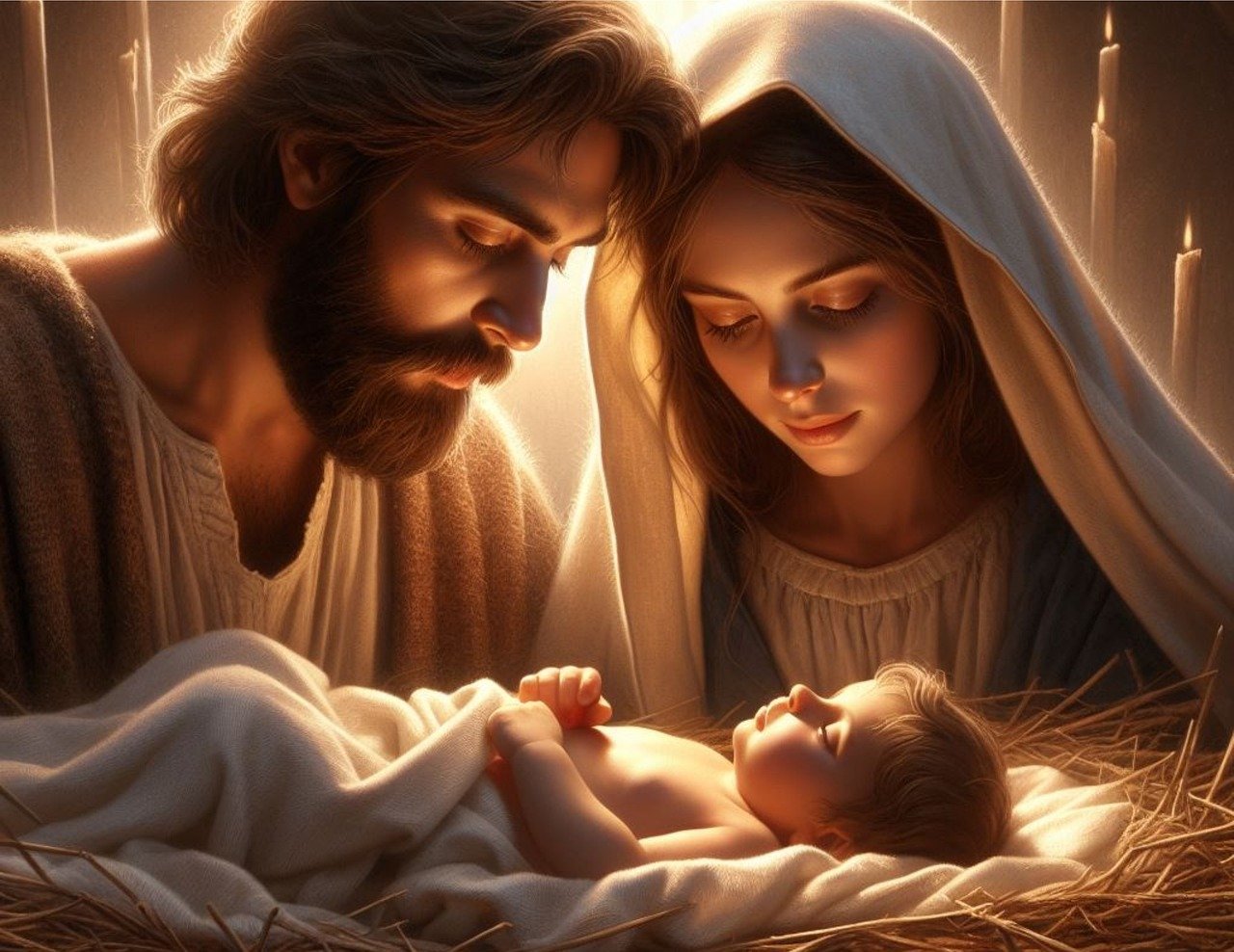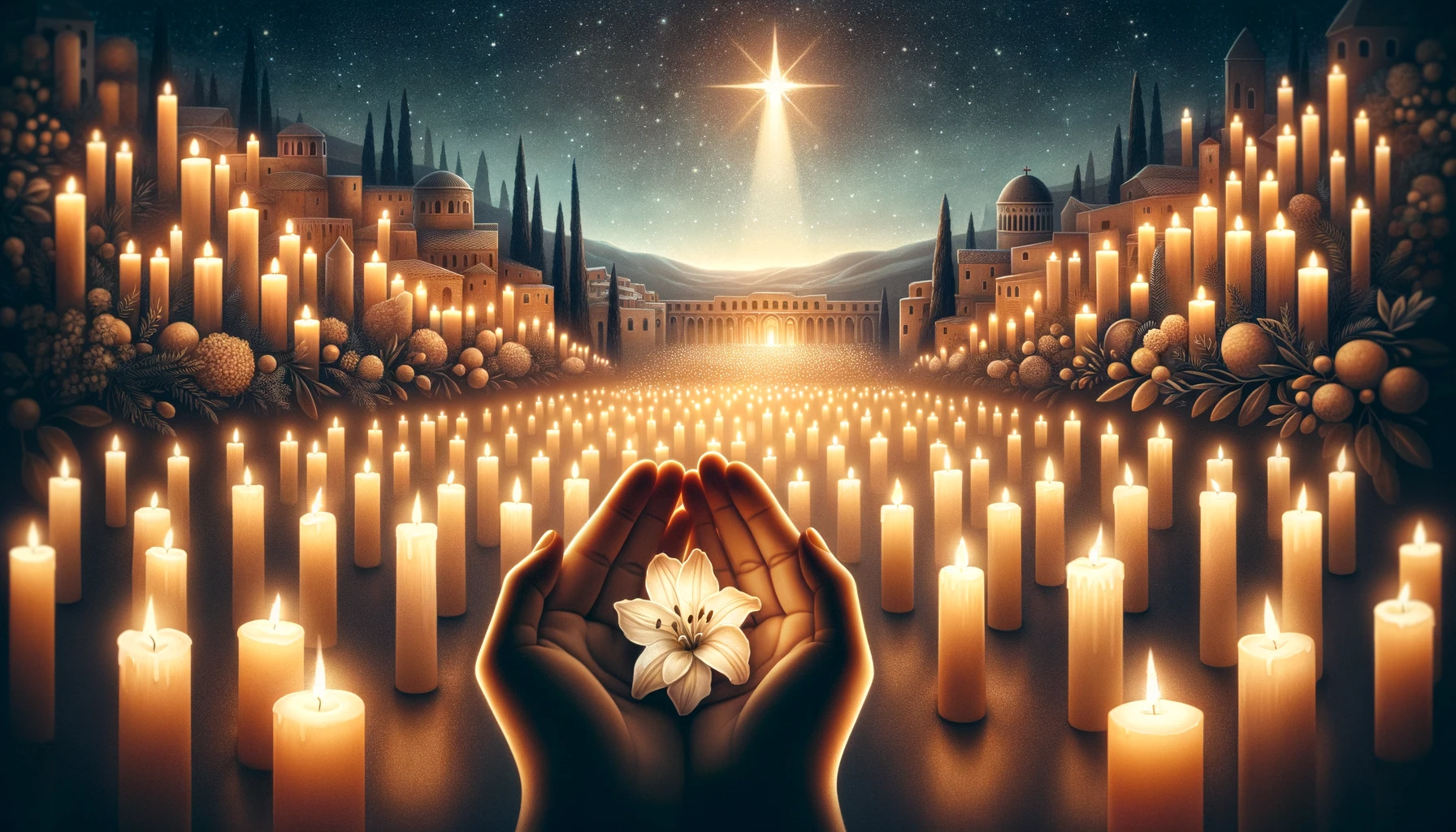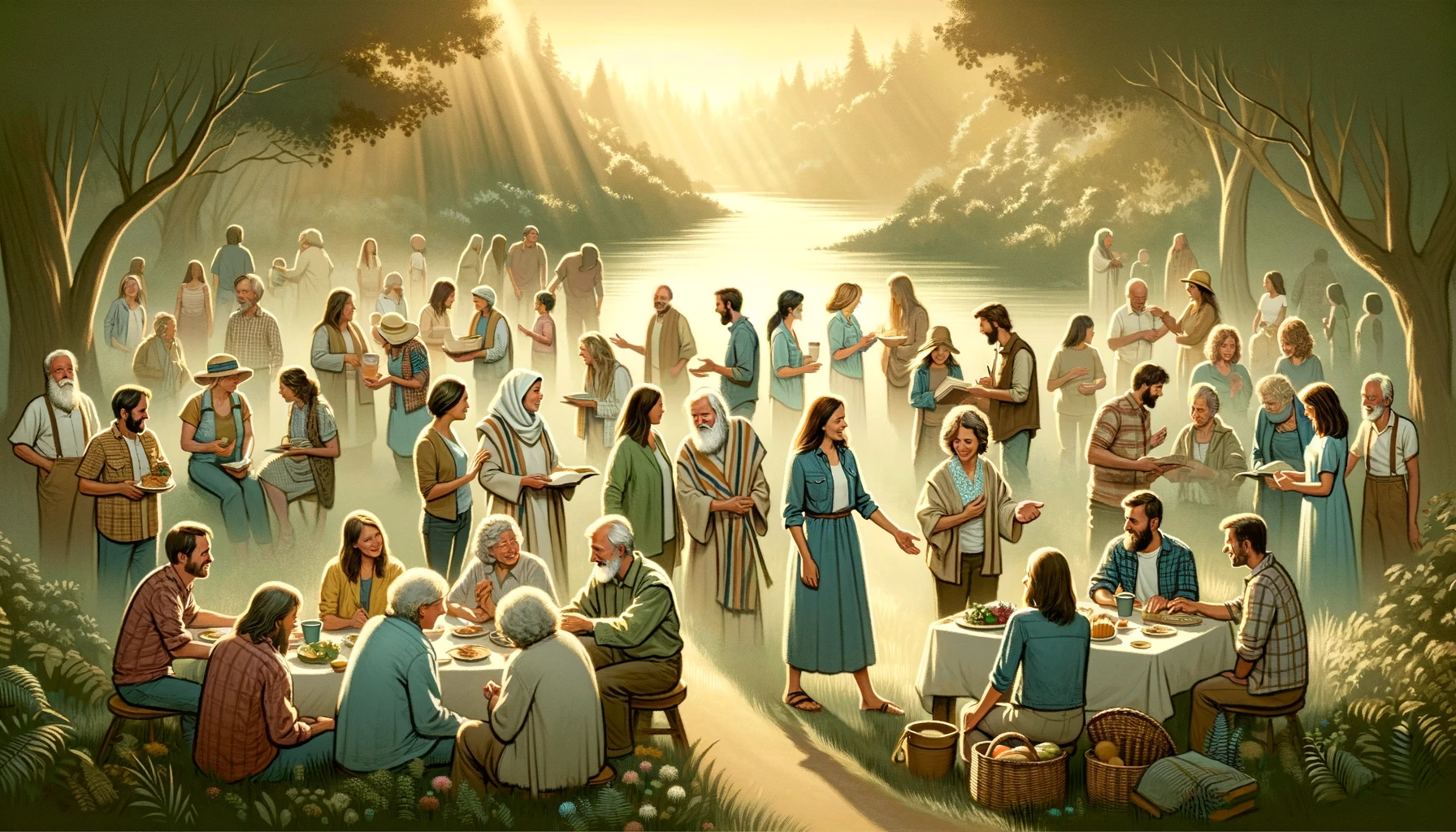When we think of Christmas, we usually picture it as a joyful holiday in December. But did you know that this isn’t the actual birthday of Jesus? In fact, early followers of Jesus didn’t celebrate His birth at all. Instead, the most important event for them was Easter, the celebration of Jesus’ resurrection, which is connected to the Jewish festival of Passover—a holiday with known dates on the calendar. So, why does Christmas fall in December, and how does it fit into the bigger picture of celebrations tied to Jesus’ life?
To answer that, we need to understand something called the liturgical year—a special calendar that organizes important events from Jesus’ life, with Easter at its center.
What is the Liturgical Year?
The liturgical year is a calendar used by many traditions to walk through the life of Jesus, from His birth to His death and resurrection. Unlike the regular calendar, which starts in January, the liturgical year begins with Advent, a time of waiting and preparation, and ends with the celebration of Christ the King. The liturgical year is not just a way to mark time, but a spiritual journey designed to help people reflect on deeper themes like hope, renewal, sacrifice, and transformation.
At the heart of this calendar is Easter, the most significant event of the liturgical year. Easter celebrates the resurrection of Jesus, a story of new life and renewal, which takes place during Passover—an important Jewish holiday with fixed dates. The link to Passover gives Easter a clear place on the calendar, grounding it in known traditions. So, while Christmas is celebrated in December, Easter is the true anchor of the liturgical year.
Why Easter is the Most Important Celebration
For early followers of Jesus, the focus wasn’t on celebrating His birth but on His death and resurrection. Easter was the central event because it marked Jesus’ triumph over death, offering a powerful message of hope and transformation. This event took place during Passover, which commemorates the Israelites’ escape from slavery in Egypt. Since Jesus’ crucifixion and resurrection occurred during this time, Easter became closely tied to the dates of Passover, anchoring it to a known moment in history.
This makes Easter the key celebration in the liturgical year—everything else leads up to it or flows from it. The structure of the liturgical year is built around Easter as the climax, while other seasons and celebrations, like Christmas, help tell the broader story of Jesus’ life.
Why Christmas is Celebrated in December
So, where does Christmas fit in? Christmas celebrates the birth of Jesus, but the exact date of His birth isn’t known. Early followers didn’t focus on this event, and it wasn’t until centuries later that the Church chose to celebrate it. December 25 was picked not because it was Jesus’ actual birthday, but because it aligns with the winter solstice, the shortest day of the year.
The winter solstice marks the time when the days start to get longer again, bringing more light into the world. In this sense, Christmas became a symbolic celebration of light and hope, reminding people of Jesus as a figure who brings light into darkness. This symbolism fits well with the themes of the liturgical year, even though the date itself is not historically based.
The Start of the Liturgical Year: Advent and Christmas
The liturgical year begins with Advent, which usually starts in late November or early December. Advent is a season of waiting and preparation, reflecting on the idea of hope and looking forward to something new. It’s a time to reflect on the need for light in dark times, both literally and spiritually.
This leads into Christmas, which celebrates the birth of Jesus. While Christmas is often seen as a major holiday, it’s actually the starting point for the liturgical year’s larger journey. Christmas is not the most important celebration in the liturgical calendar—that role belongs to Easter—but it sets the stage for the events that will follow.
The Journey from Christmas to Easter
After Christmas, the liturgical year moves through seasons that reflect key moments in Jesus’ life. The first is Epiphany, which celebrates the visit of the wise men who recognized something special in the newborn Jesus. This is followed by Lent, a period of reflection and preparation leading up to Easter. Lent is often seen as a time for personal reflection and sacrifice, inviting people to think about how they can grow spiritually.
Easter, which celebrates the resurrection of Jesus, is the high point of the liturgical year. It’s a moment of joy and renewal, symbolizing the possibility of new life even after hardship. This celebration, which is directly tied to the dates of Passover, remains the most important event in the liturgical calendar, far surpassing Christmas in significance.
Pentecost and Ordinary Time: Continuing the Journey
After Easter, the liturgical year moves into Pentecost, a celebration that marks the moment when Jesus’ followers were empowered to carry on His message. Pentecost is about new beginnings and taking action in the world based on the spiritual insights gained throughout the year. It reminds people that reflection isn’t enough—action is needed to live out the lessons learned.
The year then enters a period called Ordinary Time, which lasts from Pentecost until the beginning of the next Advent season. Ordinary Time is about everyday growth and applying the lessons from the previous seasons into regular life. It’s a reminder that spiritual growth is a continuous process, not limited to specific holidays.
Why the Liturgical Year Matters
The liturgical year is about more than just holidays—it’s a way to reflect on the deeper themes of life, such as hope, renewal, and transformation. By following the structure of this spiritual calendar, people are invited to think about how these themes show up in their own lives.
Easter, as the heart of the liturgical year, represents the message of life overcoming death, which is a powerful symbol for anyone reflecting on renewal. Christmas, on the other hand, is about the arrival of light into a dark world—a reminder that hope often appears when it’s needed most. These events, along with the seasons of waiting, reflection, and action, provide a framework for thinking about life’s challenges and joys.
Discover more from Jesus Quest
Subscribe to get the latest posts sent to your email.



